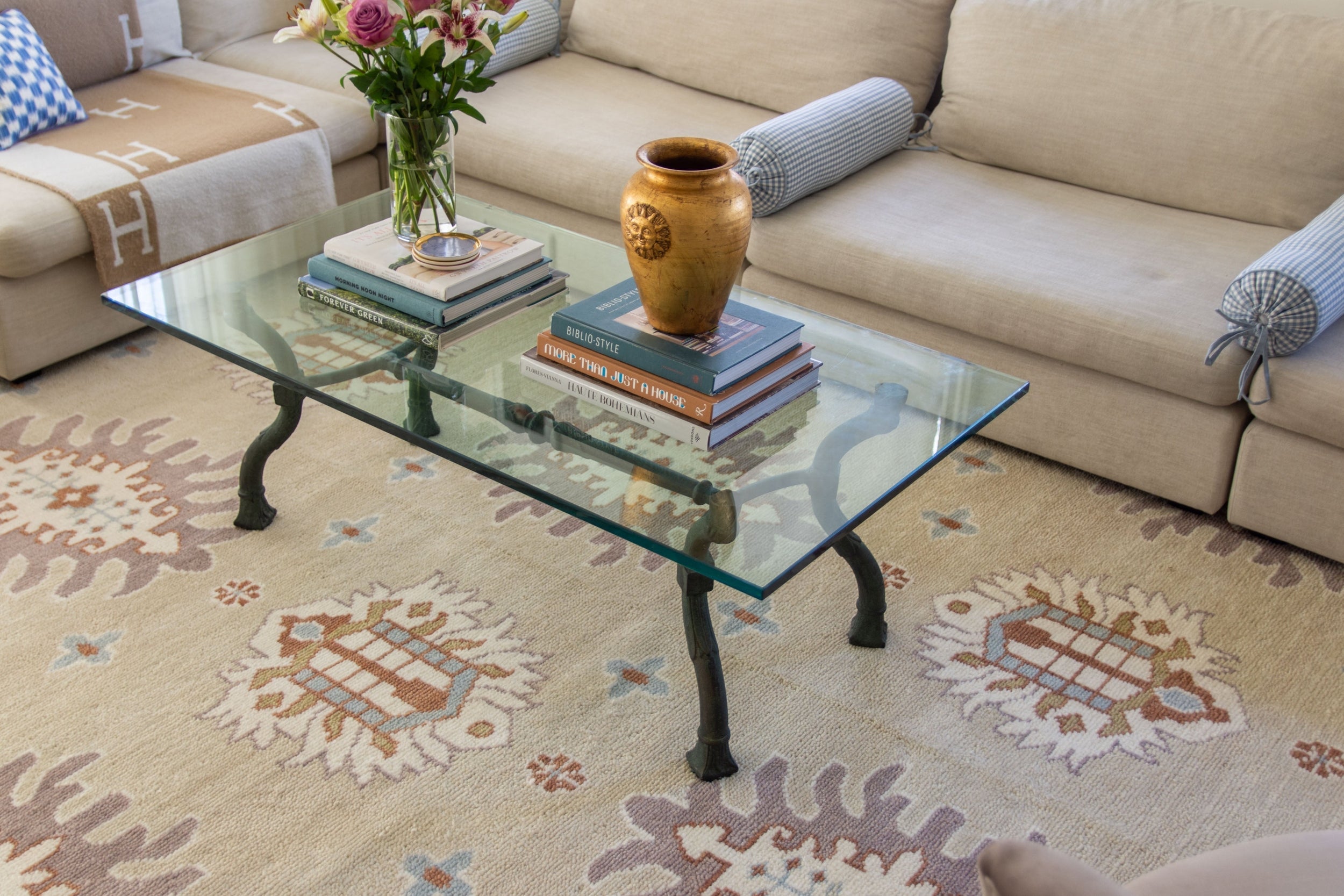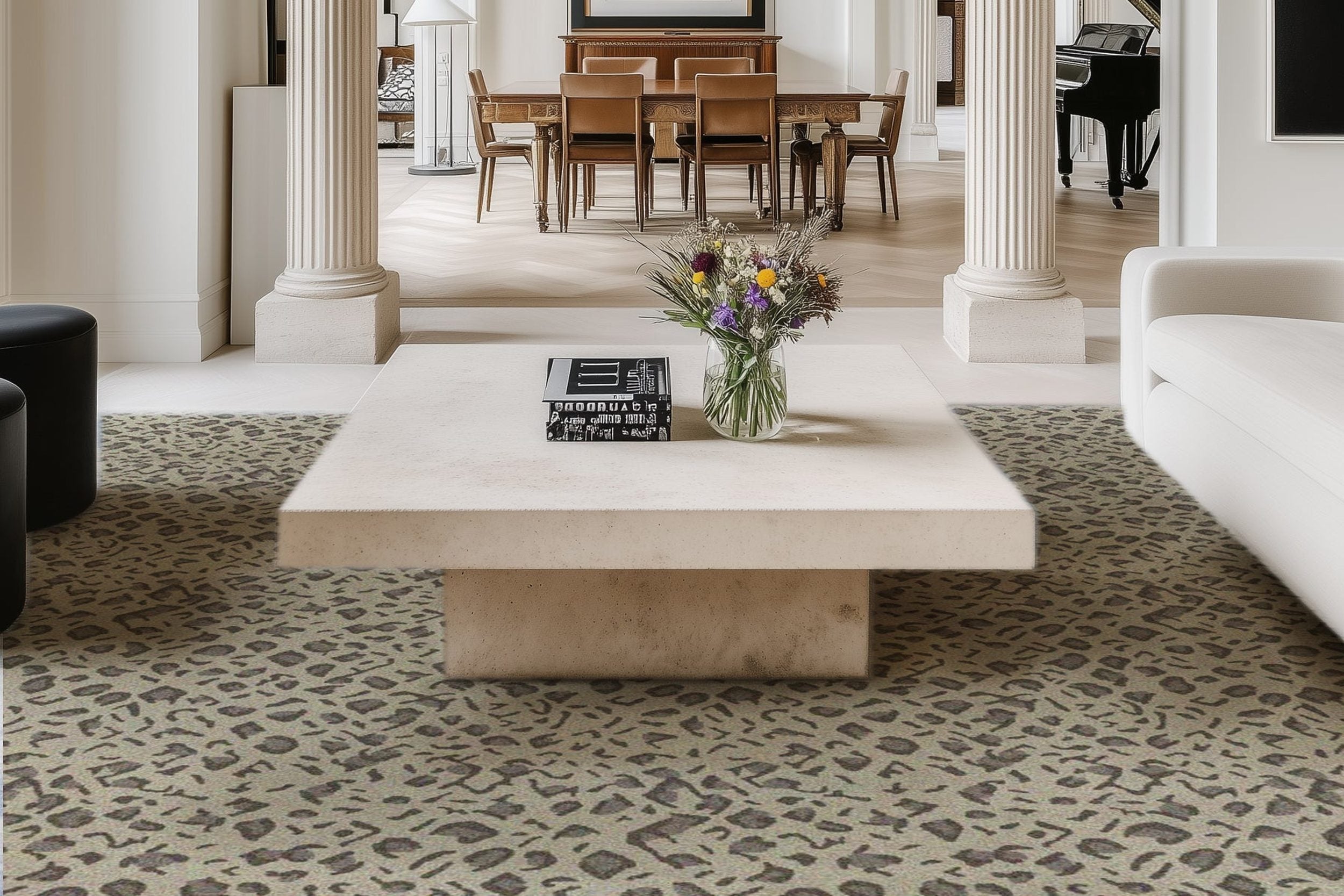When Old Meets New: Layering Vintage Pieces with Contemporary Design
 There is a quiet kind of magic in spaces where history meets the present. When a room balances the depth of vintage design with the clarity of contemporary aesthetics, it becomes more than visually pleasing. It becomes a reflection of time and intention. The goal is not to choose between old and new but to allow both to breathe within the same story.
There is a quiet kind of magic in spaces where history meets the present. When a room balances the depth of vintage design with the clarity of contemporary aesthetics, it becomes more than visually pleasing. It becomes a reflection of time and intention. The goal is not to choose between old and new but to allow both to breathe within the same story.
The beauty of this approach lies in its duality. Every patina has a purpose. Every modern line brings focus. Together they create something deeply personal and endlessly enduring.
The Philosophy of Layering: Creating Dialogue, Not Division
Vintage design carries memory. Contemporary design offers clarity. The meeting point between them is where warmth and intelligence coexist. Without the past, interiors feel unanchored. Without the present, they risk becoming stagnant. A home that blends both has pulse and continuity.
Designers often describe this as visual dialogue, a conversation between form and feeling. According to the U.S. National Park Service’s Technical Preservation Services, the goal of historic preservation is to maintain the significance and integrity of original materials while allowing thoughtful updates for continued use. The same philosophy applies in interior design, where older pieces can be preserved and reinterpreted within a modern context.
We can apply the same principle inside our homes. Modern pieces should not erase the past but rather frame and elevate it. The result is a layered interior where eras complement instead of compete. The past lends depth, while the present lends definition.
Begin with Balance and a Unified Palette
When mixing vintage and modern design, the first step is harmony. A cohesive color palette provides the foundation for that balance. Select two grounding neutrals and a single accent tone that flows throughout your space. A combination of ivory, clay, and olive green can create warmth without overwhelming the eye.
Research from Frontiers in Psychology in Indoor Color and Space Humanized Design Based on Emotional Needs shows that user emotional experience in interior environments is deeply influenced by color choices. When colors are matched thoughtfully, they can evoke positive emotional responses and make a space feel more cohesive and intimate.
Think of your palette as the thread that connects generations of design. A worn oak dresser and a matte black table lamp can coexist beautifully when the colors are in quiet conversation. Color continuity creates rhythm and lets each era shine without conflict.
Choose Anchors that Ground the Space
Every room needs a few strong anchors. These are your major furniture pieces, such as the bed, dining table, or sofa. Choose modern silhouettes as the foundation because their clean lines create clarity. Once that structure is in place, vintage accents can play supporting roles. A carved chair beside a minimalist console, an antique mirror above a simple dresser, or an heirloom trunk at the end of a contemporary bed all tell stories without clutter.
You can also reinterpret the function. An antique sideboard can become a bar, or an ornate chair can find new purpose as a reading nook statement piece.
If you are refining your bedroom, consider bedroom sets that bring quiet structure. A modern bed frame provides balance and proportion, allowing older pieces to shine as focal points rather than compete for attention.
The balance of eras is what keeps a space feeling timeless rather than themed.
Textures, Layers, and the Art of Juxtaposition
Texture is where the old and the new truly connect. Contemporary furniture tends to feature sleek surfaces such as glass, steel, and stone. Vintage elements, on the other hand, introduce texture through wood grain, linen, brass, or handwoven rugs. The two together tell a richer story than either could alone.
A smooth marble coffee table paired with a vintage wool rug creates an immediate sense of balance. A polished metal lamp beside a weathered oak table feels intentional. The contrast builds tension in the best possible way.
The U.S. Environmental Protection Agency’s Sustainable Materials Management Program highlights the value of reusing existing materials to reduce waste and preserve embodied energy. Restoring vintage pieces instead of discarding them not only protects the environment but also adds authenticity and history to your home.
Texture invites touch, evokes emotion, and roots modern design in something real.
Curate Light and Space with Intention
Light is what makes design breathe. A layered interior should never feel heavy or overfilled. Instead of displaying every vintage piece you own, allow space and light to guide what stays and what goes. A sculptural pendant above a reclaimed dining table or a delicate antique lamp in a minimalist living room creates equilibrium.
Art and lighting serve as bridges between centuries. They allow the modern and the historical to coexist without collision.
Research from the U.S. Department of Energy’s National Renewable Energy Laboratory shows that daylighting is linked to higher productivity, reduced fatigue, fewer errors, and more positive attitudes. A room that honors negative space allows both eras to shine with clarity. Illuminate your older pieces softly and let daylight define your modern ones.
A well-lit, uncluttered room feels alive. The combination of history and clean simplicity becomes effortless.
Edit Without Erasing
Sophisticated design often comes down to restraint. Every piece in your home should serve a visual or emotional purpose. If something disrupts the flow, move it. Editing is not about loss; it is about refinement. When a room feels balanced, you notice harmony before individual objects.
A helpful guideline is to keep roughly eighty percent of your furnishings contemporary and twenty percent vintage. This ratio preserves spaciousness while still celebrating individuality.
Thoughtful curation keeps your home from feeling crowded or chaotic. When you select pieces with intention, you give each one room to breathe and let their stories unfold naturally. By refining rather than accumulating, you preserve meaning while maintaining visual cohesion.
Editing with confidence allows imperfections to shine where they matter most. The marks of time on a vintage cabinet, the clean geometry of a modern lamp, and the gentle rhythm between them become a conversation about character, balance, and authenticity.
Where Time Finds Harmony
When old meets new, design transforms into something poetic. A thoughtfully layered space does not simply display furniture. It tells a story about continuity, memory, and evolution.
Vintage pieces ground you. Contemporary design moves you forward. Together, they create a home that feels timeless yet alive.
Every curve of an antique chair, every sharp line of a modern table, every quiet reflection of light on aged wood reminds you that design, at its best, is about connection. It connects eras, materials, and people. When history and modernity meet with intention, they do not compete. They complete each other.
Browse by Category

Design Projects
Explore interiors from client work and personal renovations — layered, livable, and always in progress.
read more →
Collaborations
From product launches to styled spaces, discover the brand stories I’ve helped bring to life.
read more →
The Notebook
A growing archive of iconic designers, inspiring artists, and unforgettable design moments.
read more →
Travel by Design
Wander with a designer’s eye — from charming hotels and city guides to visual inspiration abroad.
read more →




